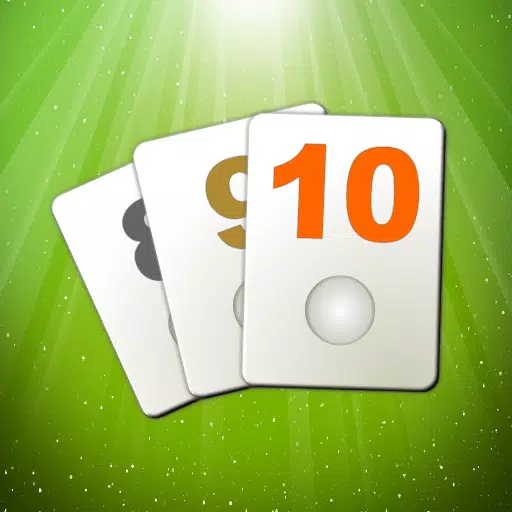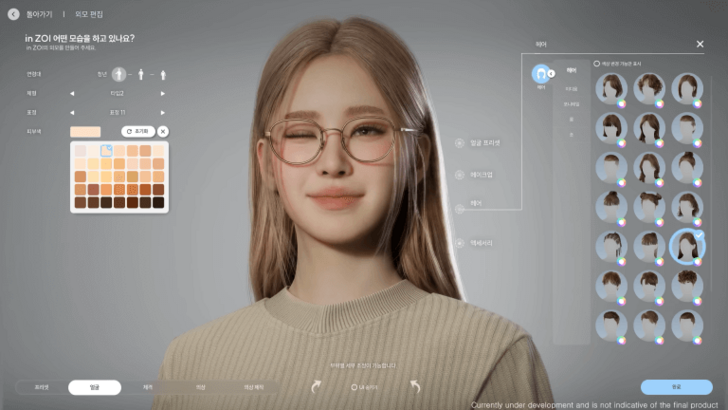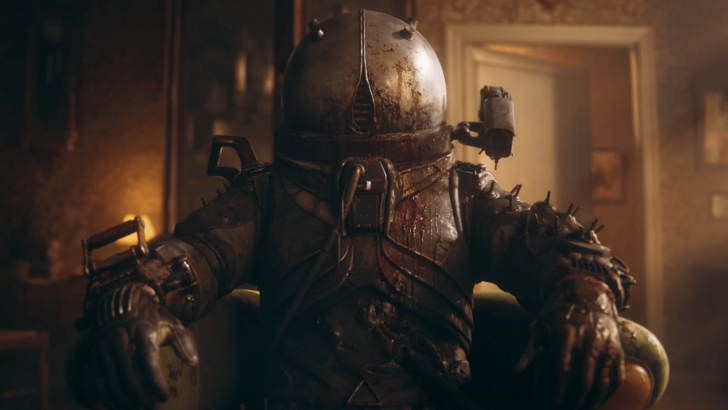The PlayStation Store and Nintendo eShop are experiencing an influx of low-quality games, often described as "slop," raising concerns among users. These games frequently utilize generative AI for misleading marketing materials and often bear striking similarities, overwhelming legitimate titles. This issue, initially more prominent on the eShop, has recently spread to the PlayStation Store, particularly affecting the "Games to Wishlist" section.
The problem isn't simply the presence of bad games; it's the sheer volume of nearly identical, poorly made titles that overshadow other releases. These games, often simulation titles perpetually on sale, frequently mimic popular games' themes or even names, employing hyper-stylized, AI-generated art that misrepresents the actual game quality. They typically suffer from poor controls, technical glitches, and limited features.
A small number of companies appear responsible for this deluge of games, exhibiting evasive practices like frequent name changes to hinder accountability. YouTube creator Dead Domain's investigation highlighted the difficulty in tracking down and holding these companies responsible.
Users of both stores are demanding stricter regulation to address this "AI slop," particularly given the eShop's declining performance due to the sheer number of games. This investigation explores the reasons behind this phenomenon, comparing the experiences on Steam and Xbox, which appear less affected.
The Certification Process: A Key Difference
Interviews with eight game development and publishing professionals (all requesting anonymity) shed light on the game release process across Steam, Xbox, PlayStation, and Nintendo Switch. The process generally involves pitching to the platform holder, completing forms detailing the game, and undergoing certification ("cert") to ensure compliance with technical requirements and legal standards. Platform holders are particularly strict about age ratings.
A common misconception is that certification equates to a quality assurance (QA) check. It does not; QA is the developer's responsibility. Certification focuses on technical compliance with platform specifications. Developers often receive limited feedback on submission failures, especially from Nintendo.
Store Page Review: A Variable Process
All platforms have requirements for accurate game representation in screenshots, but enforcement varies. While Nintendo and Xbox review store page changes before launch, PlayStation performs a single check near launch, and Valve reviews only the initial submission. The level of diligence in verifying the accuracy of game descriptions also varies significantly, with a "forgiveness rather than permission" approach often employed. The consequences for misleading screenshots are typically limited to removal of the offending content, not necessarily developer delisting.
None of the console storefronts have specific rules regarding generative AI use in games or marketing materials, unlike Steam, which requires disclosure but not restriction.
Why the Disparity?
The difference in the prevalence of "slop" across platforms is attributed to several factors. Microsoft vets games individually, whereas Nintendo, Sony, and Valve vet developers. This means once a developer is approved, they can more easily release multiple games, leading to the "slop" problem. Xbox's game-by-game approval process makes it less susceptible. Nintendo's developer-based approval process is considered particularly vulnerable to exploitation. Some developers utilize strategies, such as repeatedly releasing bundles with minimal changes, to maintain high visibility on the eShop's "New Releases" and "Discounts" sections. PlayStation's "Games to Wishlist" sorting by release date exacerbates the issue, surfacing numerous low-quality games with distant release dates.
Steam's vast library and robust search/filtering options mitigate the problem, while Nintendo's unorganized "New Releases" section contributes to the issue.
The Path Forward: Challenges and Concerns
Users are urging Nintendo and Sony to address the issue, but responses from the companies remain absent. Developers express pessimism, citing Nintendo's history of incremental improvements to its storefront and concerns about potential overreach in quality control measures. While Nintendo's web browser eShop is considered functional, the console app remains problematic. Sony has taken action in the past, but the current situation remains uncertain.
The "Better eShop" project, while well-intentioned, highlights the risk of overly aggressive filtering, potentially harming legitimate games. Concerns exist about accidentally targeting quality software through stricter regulation. The human element in the review process should also be considered; differentiating between genuinely bad games, asset flips, and AI-generated content can be challenging. Platform holders strive for a balance between allowing diverse games and preventing cynical exploitation.

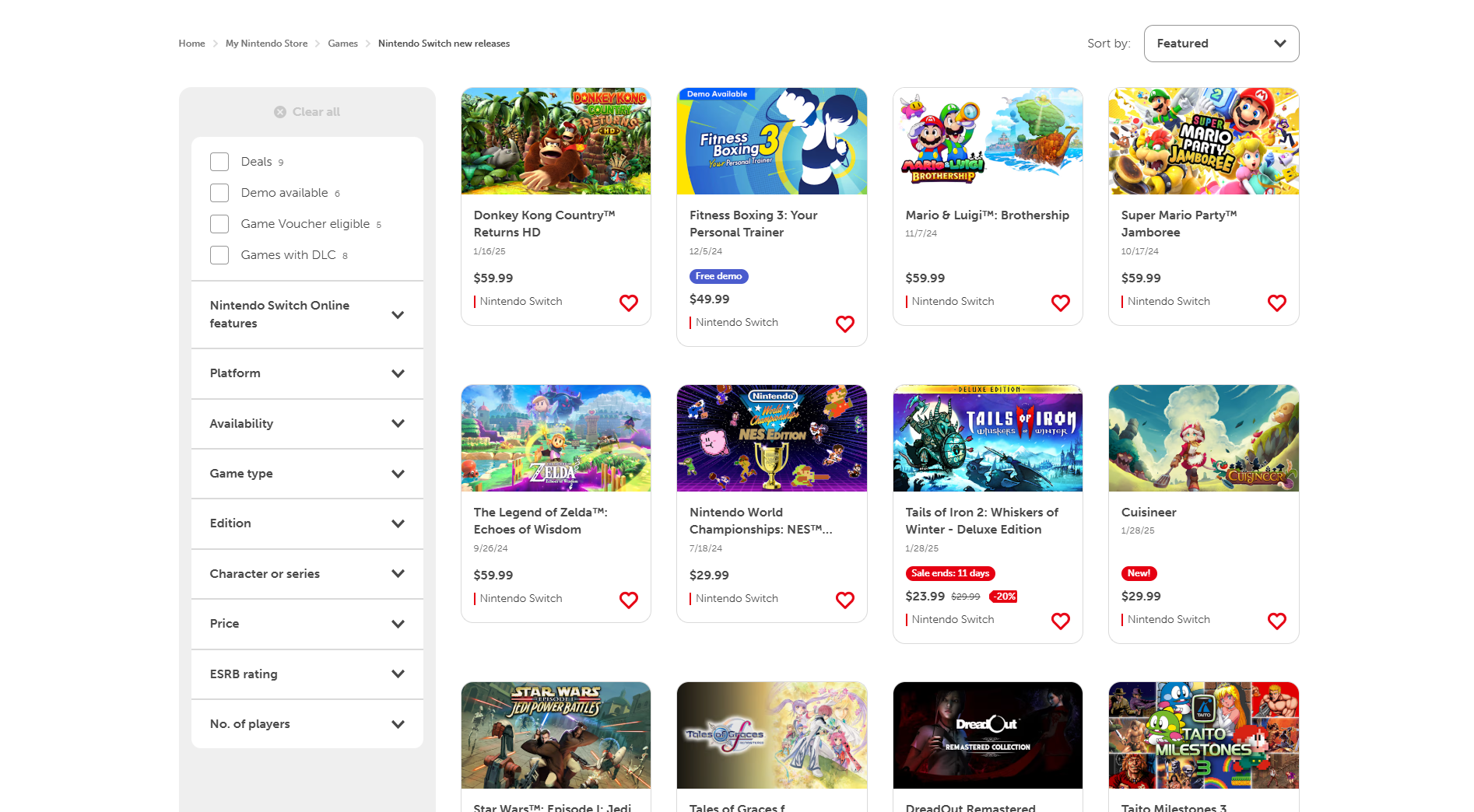
 Home
Home  Navigation
Navigation






 Latest Articles
Latest Articles

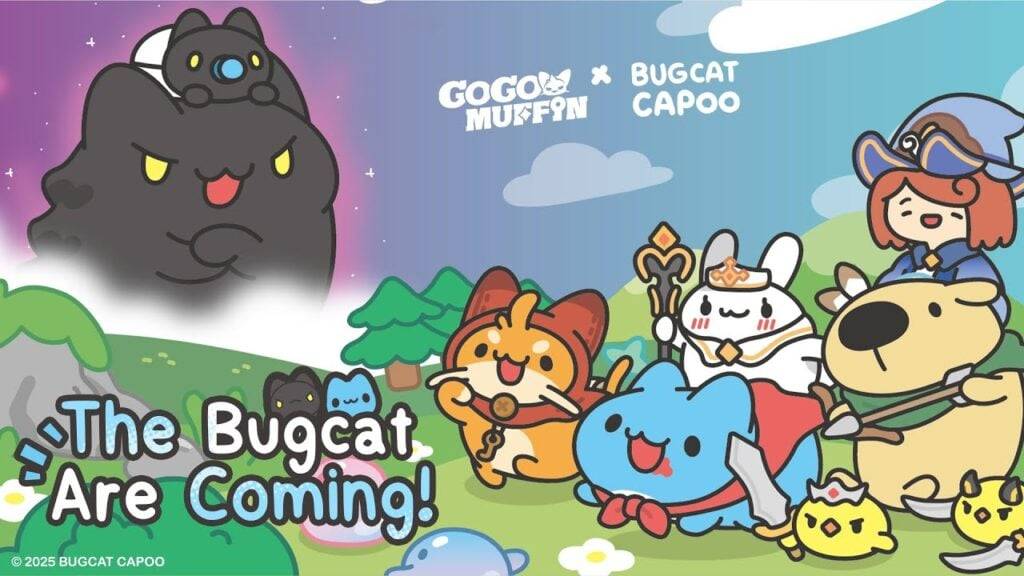
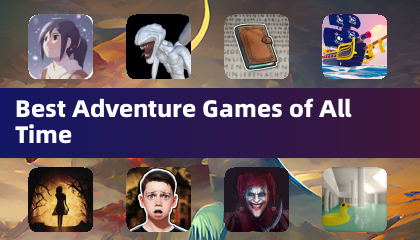







 Latest Games
Latest Games


